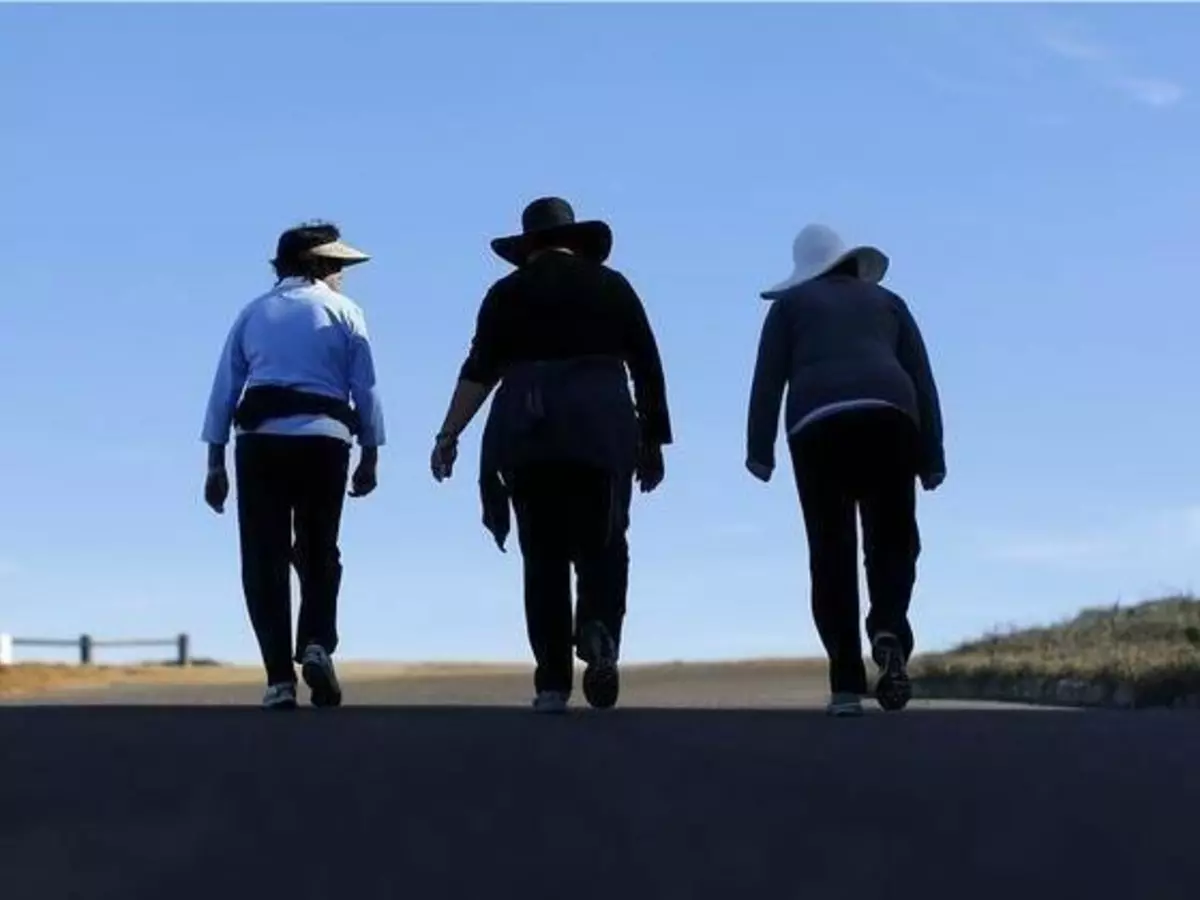Believe It Or Not, But This AI Program Can Uniquely Identify You Based On Just How You Walk
For identification purposes, we have a variety of verification techniques to suit the need, like fingerprints, iris scans, and DNA analysis. Now, there¡¯s another new method that doesn't even require a scanner you need to interact with.

For identification purposes, we have a variety of verification techniques to suit the need, like fingerprints, iris scans, and DNA analysis.
However, for a computer to identify someone without a scanner they¡¯re going to come up to takes a little imagination. Now, there¡¯s another new method to do that.

Images courtesy: Reuters
Researchers at the University of Manchester have in fact developed a new system they¡¯re calling SfootBD. It¡¯s a machine learning algorithm that analyses your unique gait to identify who you are.
Yes, as it turns out, our individual walking styles as are as varied as fingerprints. This way, it can be used to pinpoint the unique identity a particular gait belongs to. The differences might be so miniscule as to be invisible to the naked eye, but this algorithm can apparently distinguish a person from their walk with nearly 380 percent better accuracy than previous methods.
¡°Each human has approximately 24 different factors and movements when walking, resulting in every individual person having a unique, singular walking pattern,¡± Omar Costilla Reyes, the lead author of the new study, said in a statement. To build the system, he first created a database of 20,000 footstep signals from over 120 people, the largest in existence. Each of those was measured using a floor fitted with pressure pads and a high-res camera. After that, the neural network analysed the data to record people¡¯s gait for weight distribution, speed, and three-dimensional measures.

¡°Focusing on non-intrusive gait recognition by monitoring the force exerted on the floor during a footstep is very challenging,¡± said Reyes. ¡°That¡¯s because distinguishing between the subtle variations from person to person is extremely difficult to define manually, that is why we had to come up with a novel AI system to solve this challenge from a new perspective.¡±
It¡¯s because of this non-invasive method of identification that it could be utilised instead of fingerprinting or eye-scanning, especially in places like airports. However, that also opens it up to ethical dilemmas, especially because it can be deployed covertly
There are a couple of limitations however. For one, it requires pressure pads under the floor and a high-resolution camera. Additionally, it also requires an expansive database to compare analysis to. So it¡¯s an intriguing advance in technology, but the practicality of it is still under consideration. But perhaps we actually will be able to see something similar in our airports and workplaces in future.
